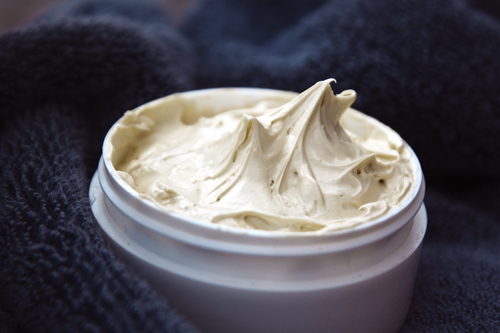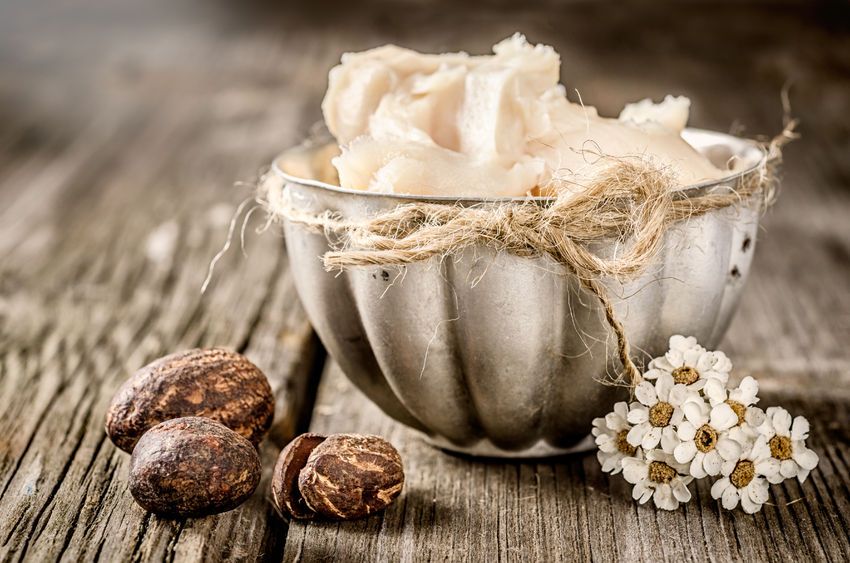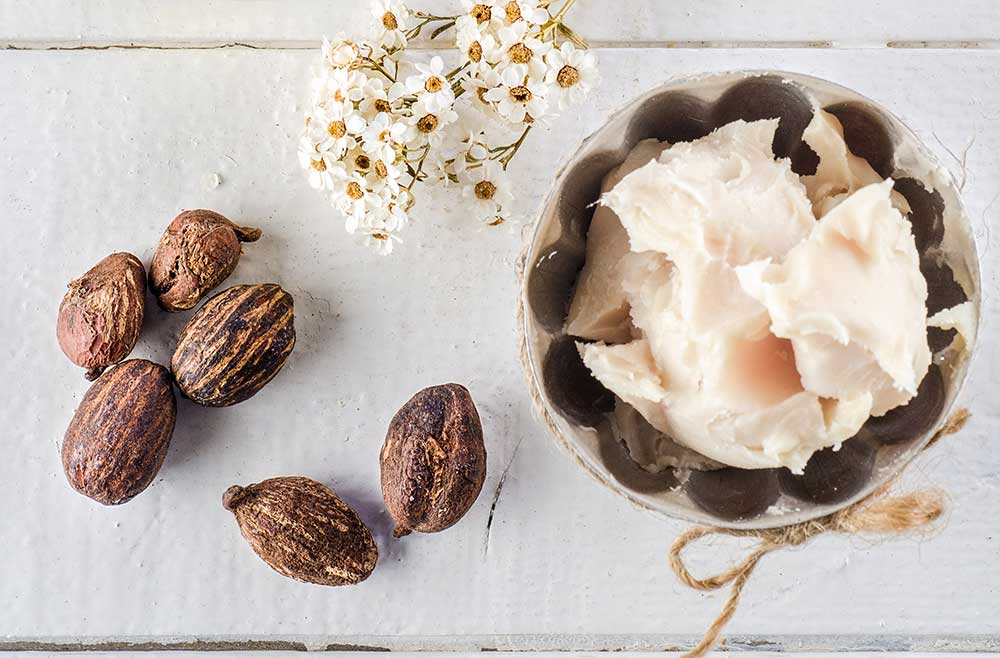


The concentration of natural vitamins and fatty acids in shea butter makes it incredibly nourishing and moisturizing for skin. It is often used to remedy dry skin and to help protect the skin’s natural oils.
A 2010 study found that due to its cinnamic acid and other natural properties, shea butter was an anti-inflammatory. One compound in particular, lupeol cinnamate, was found to reduce skin inflammation and even potentially help avoid skin mutations. This also makes it beneficial for some people with acne.
Shea butter aids in the skin’s natural collagen production and contains oleic, stearic, palmitic, and linolenic acids that protect and nourish the skin to prevent drying. With long-term use, many people report skin softening and strengthening as well as wrinkle reduction.
Like this – “shay butter”
Shea butter offers many benefits to your skin. It fights aging, reduces dryness and dry spots, it’s very helpful for those fighting issues with diabetes. Shea butter helps stretch marks and reduces burn marks or other skin disfigurements, such as those left from acne.